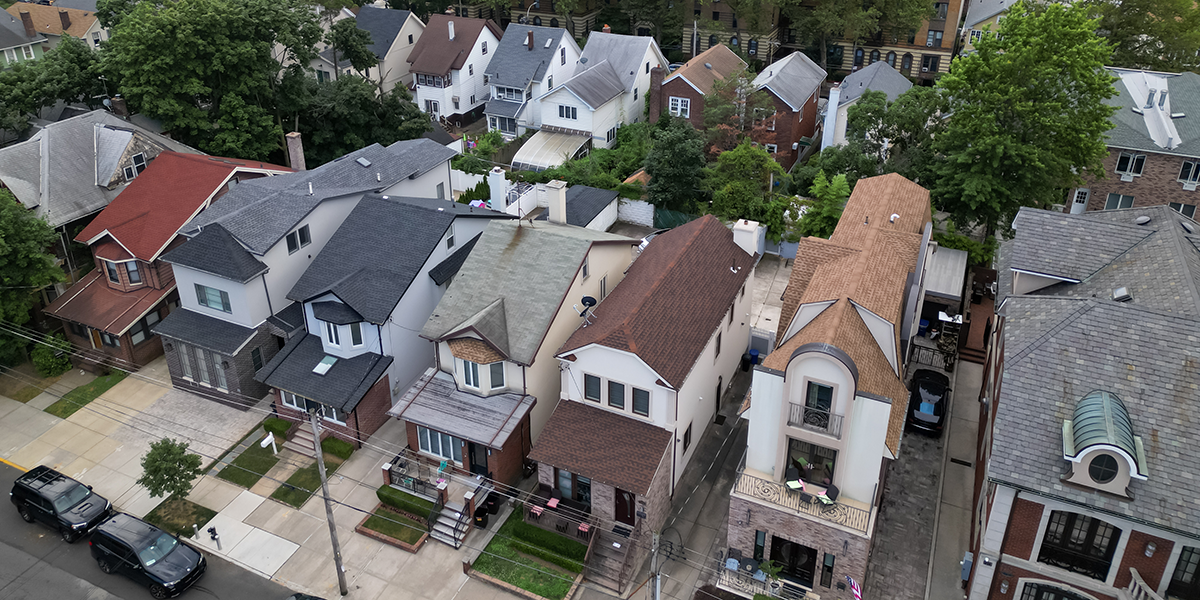
Every week, Affordable Housing Online’s team of housing analysts reports vital information about Section 8 Housing Choice Voucher (HCV) waiting list openings to renters searching for low-income housing nationwide.
The data shows where waiting lists have opened recently, the types of housing authorities that are accepting new applicants, and obstacles faced by renters trying to get Section 8 vouchers. It also highlights promising trends, like the growing use of online applications.
This report highlights key findings for waiting list openings in July, 2023. Comprehensive information about each month’s waiting list openings is helpful for policymakers and housing advocates trying to improve access to affordable housing.
Here’s a look at what we found in July.
- July, 2023 was a slow month for Section 8 waiting list openings.
• Affordable Housing Online found 19 new HCV waiting list openings in July, 2023.
• This is the fewest openings for the month since 2017, and well below the 51 openings in July, 2021 — which is the most for any month since tracking began in 2016.
• Of these, 10 were “scheduled” openings with a set opening and closing date and nine were opened indefinitely. There were also five waiting lists that opened before July and closed during the month. - Large housing authorities in urban areas opened the most waiting lists.
• Two-thirds (65%) of the July waiting list openings were done by housing authorities with large (1,250-9,999 vouchers) and medium high (500-1,249 vouchers) HCV programs.
• Only three waiting list openings were in nonmetropolitan counties, with 84% of openings located in metropolitan areas. - Waiting lists were kept open only a short amount of time.
• 70% of scheduled waiting lists were kept open for seven days or less, and 40% were open for only one day or less.
• July, 2023 waiting lists were kept open an average of three days. This is a third of the average time in June, and a fraction of the 57 day average for openings during the pandemic in 2020. - Online applications were by far the most common way to apply.
• 79% of waiting list openings in June, 2023 used online applications
• 68% of waiting lists with online applications had no other way to apply.
• Online applications were used for 80% of scheduled openings and 78% of waiting lists opened indefinitely. This reflects a recent trend: Few waiting lists open indefinitely have used online applications in the past, but the share has grown in recent years.
• Only three waiting list openings had the option to apply in person, and in two of these cases that was the only way to apply. - The most common preference was for local residents.
Housing authorities use preferences to give priority to high-need groups in their communities, such as seniors, those with disabilities, or those experiencing homelessness.
58% of July, 2023 waiting lists had a “Local Preference,” similar to the share in June. Use of the “Local Preference” makes it harder for low-income renters living outside an area to get a Section 8 voucher and move into the community, even if they are able to get on the waiting list.
Top Preferences for Waiting List Priority in July, 2023:
1. Persons who live or work locally (11)
2. Elderly persons, persons with disabilities, and domestic violence survivors (5)
3. Persons experiencing homelessness (3) - Waiting list openings were most common in the largest states.
Section 8 HCV waiting lists were opened in every region of the country in July, 2023. States with the largest populations tended to have more waiting list openings.
Top States for HCV Waiting List Openings:
1. TX (4)
2. IN, NC, NJ, PA (2)
See how July, 2023 compares to historical trends by checking out our annual report — Offline: Limited Access to Section 8 Vouchers During the Pandemic. This report looks at Affordable Housing Online waiting list data from 2016-2020, highlighting the challenges that low-income renters face trying to get rental assistance vouchers.
